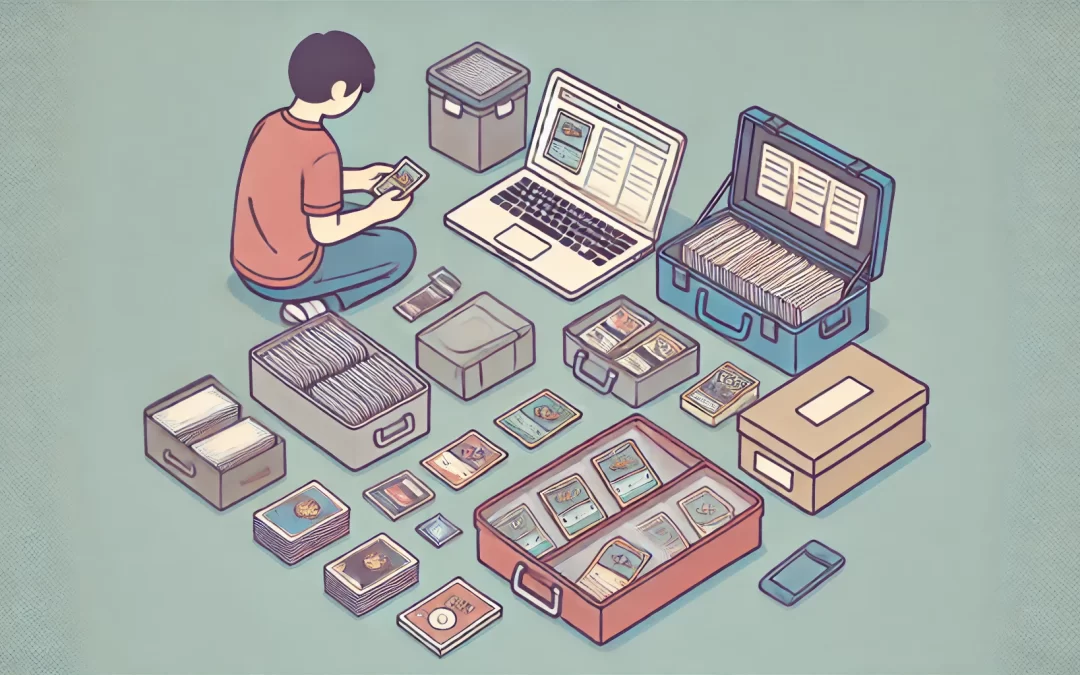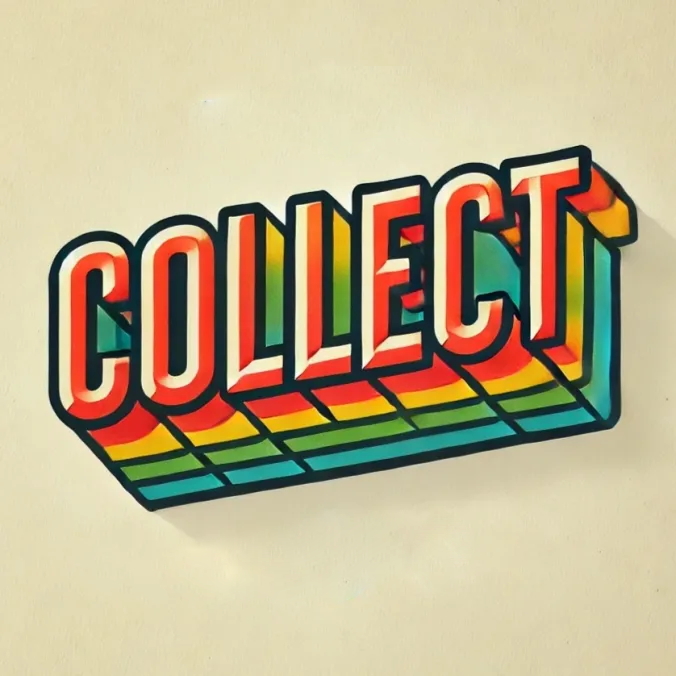Inheriting or acquiring a large collection of trading cards can be both exciting and overwhelming.
Whether you’re looking at stacks of baseball cards, Pokémon collections, or Magic: The Gathering decks, the task of selling these cards can seem daunting if you don’t know where to start.
This comprehensive guide will walk you through the process of evaluating, preparing, and selling your trading cards to ensure you get the best possible return.
Trading cards can hold significant monetary and sentimental value.
From vintage baseball cards to rare Pokémon cards, these collections often represent years of careful curation and investment.
However, if you find yourself with a large collection and no idea how to sell it, this guide will help you navigate the process, ensuring you maximize your profit while preserving the integrity of the cards.
Assess the Value of Your Collection
Evaluate the Condition
The condition of your cards is one of the most critical factors in determining their value. Cards are generally graded on a scale from Poor to Gem Mint. Here’s a detailed breakdown:
- Mint/Near Mint (M/NM): Cards with no visible flaws, sharp corners, and glossy surfaces. These are the highest value cards.
- Excellent (EX): Cards with minor wear or slight imperfections, such as tiny edge wear or minor surface scratches.
- Good (G): Cards with noticeable wear, slight creasing, or discoloration. Still collectible but less valuable.
- Poor (P): Cards with significant wear, heavy creases, and possible tears. These are often only valuable if very rare or highly sought after.
Pro Tip: Consider getting particularly rare or valuable cards professionally graded by companies like PSA (Professional Sports Authenticator) or Beckett Grading Services. This can significantly increase their value.
Identify Key Cards
Not all cards are created equal. Focus on identifying which cards in your collection are particularly valuable. Key factors include:
- Rarity: Limited edition or short-print cards.
- Popularity: Cards of popular characters or players.
- Condition: Cards in mint or near-mint condition.
- Demand: Cards currently in high demand within the collector community.
Research Tools:
- eBay: Search for sold listings to see what similar cards have recently sold for.
- TCGPlayer: Great for identifying and valuing Pokémon and Magic: The Gathering cards.
- Beckett: Offers a comprehensive pricing guide for various trading cards.
- 130point: A list of sold eBay listings to get an idea of prices
Organize and Prepare Your Cards
Sort by Type and Set
Organize your cards by type (e.g., baseball, Pokémon, Magic: The Gathering) and then by set. This helps potential buyers see the full scope of your collection and makes it easier to manage.
Catalog Your Collection
Create a detailed inventory of your collection. Include:
- Card Name
- Set
- Condition
- Quantity
- Estimated Value
Using a spreadsheet can help you keep track of everything efficiently.
Protect Your Cards
Proper protection is essential to maintain the value of your cards. Here’s how to do it:
- Sleeves: Use individual sleeves for each card to protect them from dust and handling.
- Top Loaders: For more valuable cards, use rigid top loaders to prevent bending and damage.
- Storage Boxes: Store your sleeved cards in sturdy, acid-free boxes to prevent long-term damage.
Step 3: Choose Your Selling Platform
Online Marketplaces
Online marketplaces offer a broad audience but come with fees and competition. Popular options include:
- eBay: Ideal for reaching a large audience. Create detailed listings with high-quality photos and accurate descriptions. Research similar listings to set competitive prices. Be aware of eBay’s fees, which include listing fees and a final value fee once your item sells.
- TCGPlayer: Specializes in trading card games like Pokémon and Magic: The Gathering. Easy to list and manage your inventory, with integrated shipping options. Fees include a seller fee and payment processing fee.
- COMC (Check Out My Cards): A consignment service where you send your cards to COMC, and they handle the listing, storage, and shipping. Fees include processing fees and a sales commission.
Pro Tip: Be sure to take high-quality photos showing the front and back of each card. Clear, well-lit images help buyers assess the condition and authenticity of the cards.
Local Card Shops
Local card shops or hobby stores can be a convenient option, especially for larger collections. However, they may offer lower prices compared to online sales due to overhead costs. Call ahead and make an appointment to discuss your collection with the store owner.
Auction Houses
For particularly rare or valuable collections, consider auction houses that specialize in trading cards. They can reach serious collectors willing to pay a premium for high-quality items. Auction houses typically charge a commission, so factor that into your pricing.
Social Media and Forums
Platforms like Facebook, Reddit, and specialized trading card forums can be effective for reaching specific collector communities. Join groups or forums dedicated to your type of trading cards and engage with the community. Be transparent about the condition and value of your cards to build trust.
Step 4: Market Your Collection
Create Compelling Listings
Whether online or offline, your listings should be detailed and engaging. Include:
- High-quality photos: Clear images of the front and back of each card.
- Detailed descriptions: Card name, set, condition, and any unique features.
- Competitive pricing: Research and price your cards according to current market trends.
Use Social Media
Promote your collection on social media platforms like Facebook, Instagram, and Twitter. Share photos, engage with collector groups, and use relevant hashtags to increase visibility.
Network with Collectors
Attend local card shows, conventions, and trade nights to connect with other collectors. Networking can lead to direct sales or valuable advice on selling your cards.
Step 5: Complete the Sale
Shipping Your Cards
When selling online, ensure your cards are shipped safely:
- Use bubble mailers: Protects cards during transit.
- Include tracking: Provides proof of shipment and delivery.
- Insure valuable shipments: Protects against loss or damage.
Handling Transactions
Use secure payment methods like PayPal or escrow services for large transactions to protect both buyer and seller.
Follow-Up
After the sale, follow up with buyers to ensure they are satisfied with their purchase. Positive feedback and reviews can enhance your reputation as a seller.
GOOD LUCK!
Selling a large collection of trading cards can be a rewarding endeavor if approached correctly. By assessing the value of your cards, organizing them meticulously, choosing the right selling platform, and effectively marketing your collection, you can maximize your return and ensure your cards find appreciative new homes.
Remember, patience and diligence are key. The trading card market fluctuates, and finding the right buyer may take time. With the right strategy, however, you can turn your inherited or acquired collection into a profitable venture.




